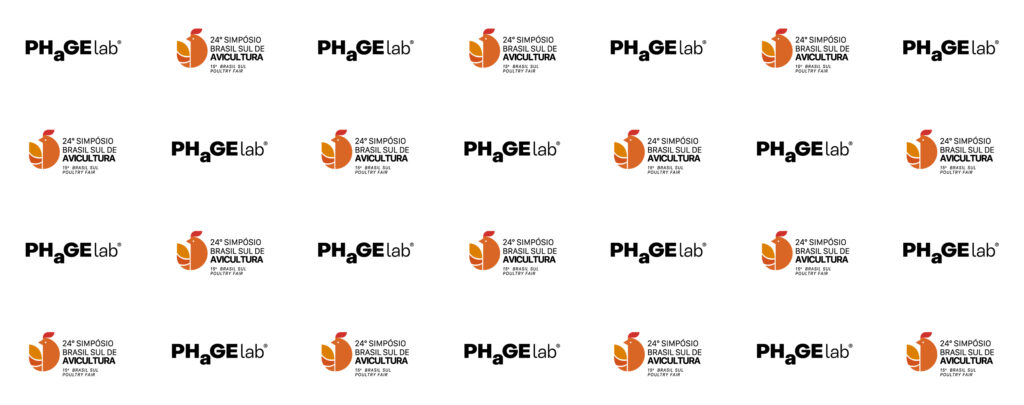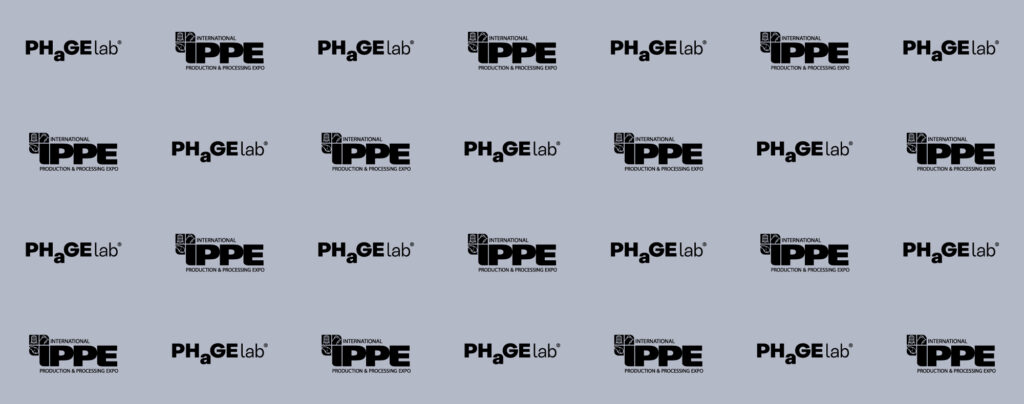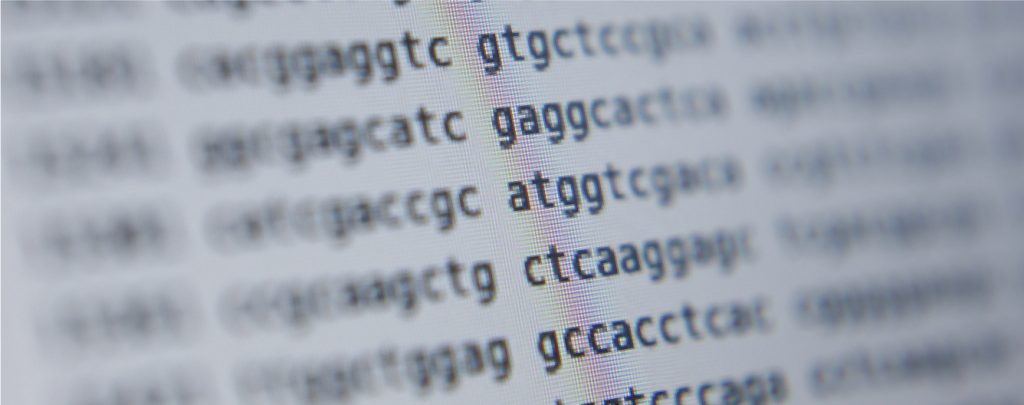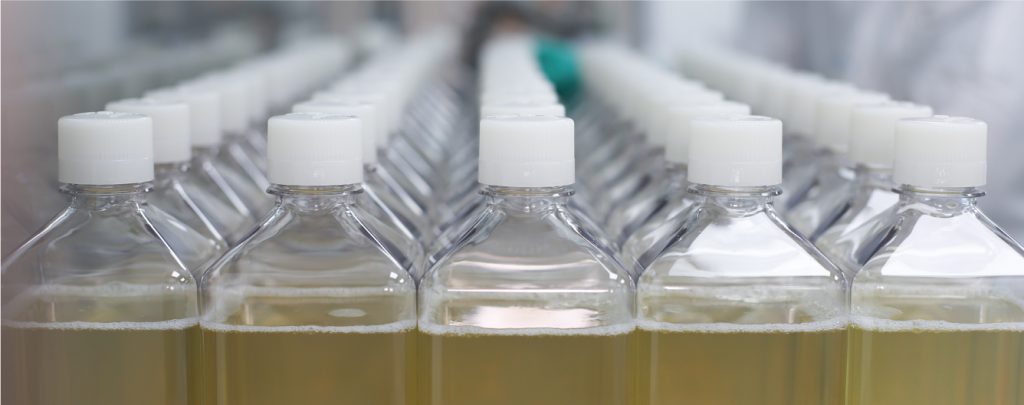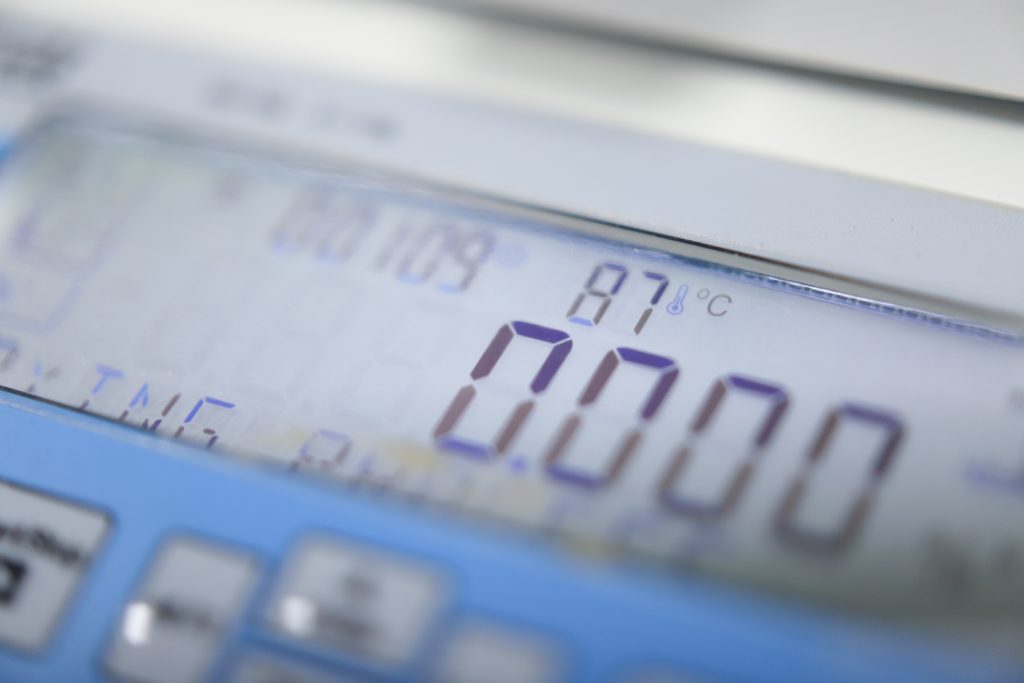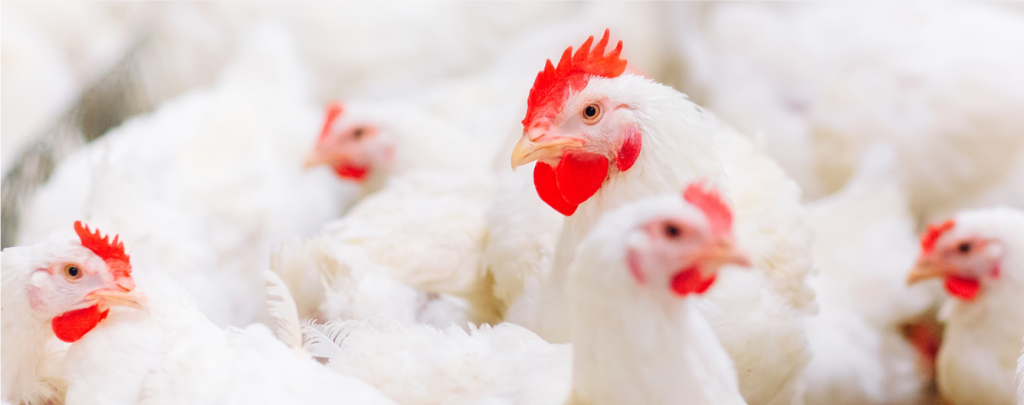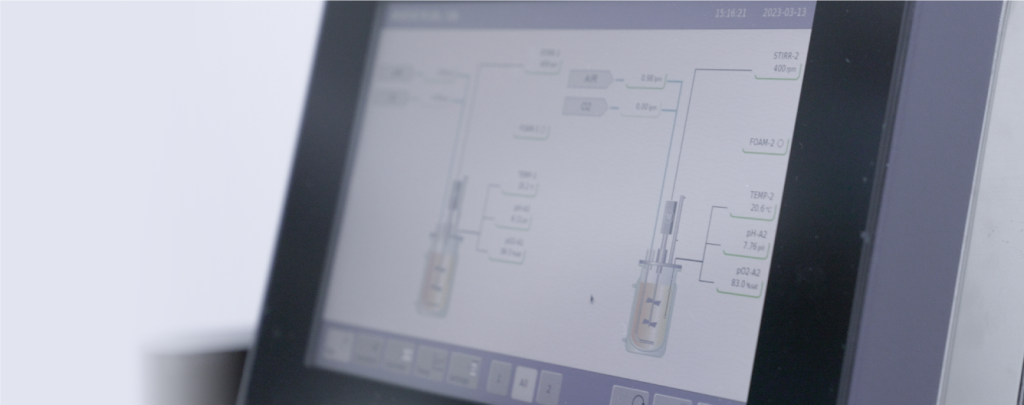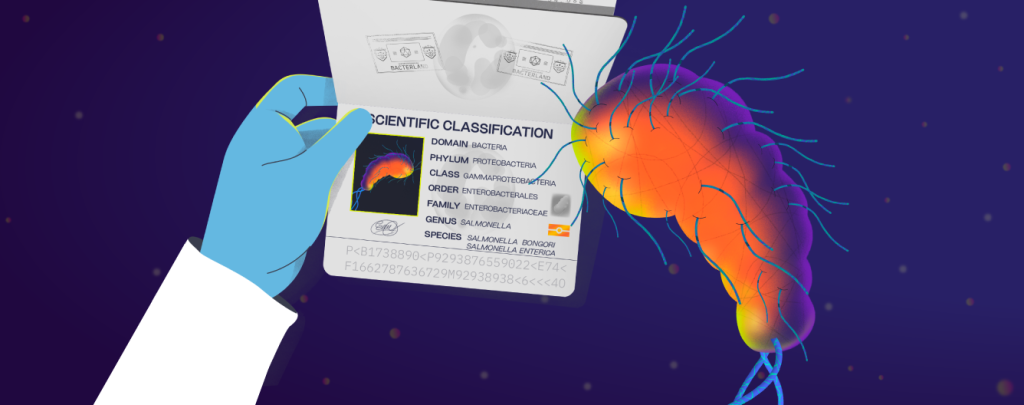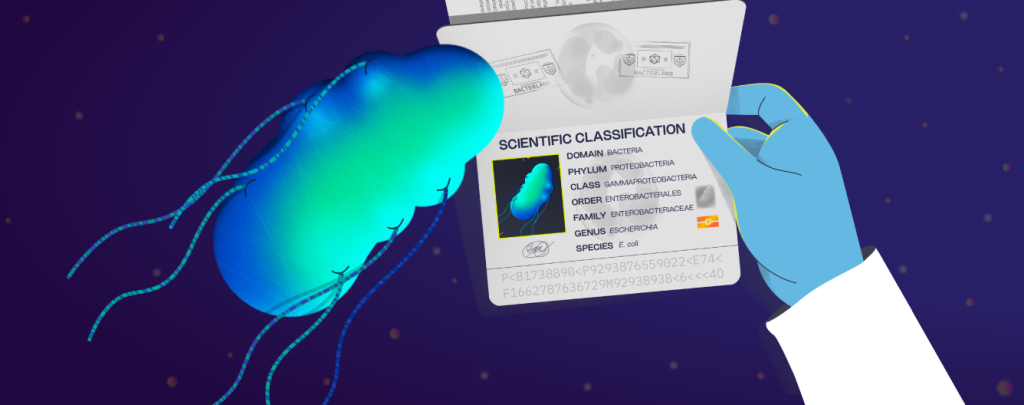In the animal production industry, biosecurity is a compound of measures to prevent the introduction and spread of infectious agents that could produce disease in animals within or between farms.
The existence of zoonotic diseases could be a risk factor not only for animals but for the human population as well. Therefore, biosecurity measures aim to avoid risks to animals and the food supply chain, from the production to the consumer.
Risk management can be divided mainly into:
A-. Prevention
B-. Eradication
Applying resources to the eradication stage is more common. However, preventing infectious outbreaks is easier than eradicating them, so it’s crucial to consider prophylactic measures to keep infectious agents such as Salmonella or diseases such as Avian Influenza outside all parts of the food production process.
There may be different preventive measures depending on locations or regulations. According to the Food and Agriculture Organization of the United Nations (FAO), these are some of them:
- Restricting access: from using fences or enclosures and avoiding all contact with outside birds to following hygienic actions with outside visitors.
- Keeping areas clean: disposing of waste where the flock lives, using disinfected boots and clothes, and removing sick or dead animals, among other things.
- Keeping equipment clean: poultry equipment should not be shared with other farms and metal cages are preferred as they are more effectively disinfected.
- Reporting early signs of a problem: detection and swift reporting are very beneficial since they may help to stop the spread of the infection.
- Vaccinating: this should increase the resistance of poultry to disease but it can’t guarantee that infection won’t occur. It should always be paired with other preventive measures to have a solid biosecurity plan.
“Eradication, elimination, and/or control of foodborne and zoonotic pathogens present a major challenge to the poultry industry” [1], because, even though antimicrobials can be used to mitigate infections, some may not be effective and the disease can prevail. The FAO expresses that disease control can avert poultry mortality, low production performance, financial losses, and, in the case of Salmonella, human infection.
That is why the benefits of suitable biosecurity measures are essential for a safer and more productive industry.
[1] Hafez HM, Attia YA (2020). Challenges to the Poultry Industry: Current Perspectives and Strategic Future After the COVID-19 Outbreak. doi: 10.3389/fvets.2020.00516.


